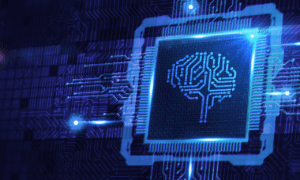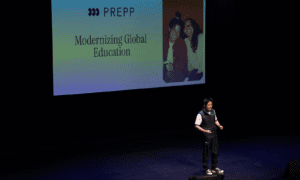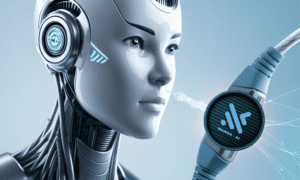Introduction
Photography has recently undergone a profound transformation, thanks to rapid advancements in Artificial Intelligence (AI) and Machine Learning (ML). Once confined to science fiction, these technologies are now revolutionizing the way we capture, edit, and experience images.
AI-Powered Image Enhancement
AI’s notable contribution to photography lies in its ability to enhance image quality. Unlike traditional photo editing tools with steep learning curves, AI-driven solutions are changing the game. With machine learning algorithms, these tools automatically analyze and improve color balance, exposure, and sharpness, allowing photographers to achieve professional results with minimal effort.
The Rise of Smart Cameras
AI has made its way into our cameras, transforming them into smart devices. Equipped with advanced AI capabilities, these cameras intelligently recognize scenes, detect faces, and adjust settings in real-time for optimal image capture. This simplifies the photography process for beginners and allows seasoned photographers to focus on composition and creativity while letting the camera handle technical details.
Automated Object Recognition and Tagging
Sorting through a vast photo collection can be daunting, but AI comes to the rescue with automated object recognition and tagging. Machine learning algorithms analyze images, identify objects, people, and locations, making it easier to organize and search through photo libraries. This not only saves time but also adds functionality to photo management, enabling users to find and share favorite memories effortlessly.
Creative Assistance and Style Transfer
AI goes beyond enhancing technical aspects; it’s a powerful tool for unleashing creativity. Photo editing tools powered by machine learning assist users in generating artistic effects, mimicking renowned painters’ styles, or adding unique filters. This opens up possibilities for photographers to experiment with different looks and express their artistic vision innovatively.
Real-time Language Translation in Photos
Imagine instantly understanding foreign text through your camera lens while traveling. AI makes this a reality with real-time language translation in photos. By leveraging machine learning, cameras recognize text in various languages and provide instant translations on the screen, a valuable tool for globetrotters and language enthusiasts.
Facial Recognition for Personalization
Facial recognition technology, powered by AI, has become a staple in photography applications. From automatically tagging friends in social media photos to creating personalized photo albums, facial recognition adds a human touch to the digital experience. This technology simplifies photo organization and contributes to creating more meaningful and personalized photo collections.
Challenges and Ethical Considerations
While the integration of AI and ML in photography brings numerous benefits, it raises ethical considerations. Privacy concerns, particularly related to facial recognition, have sparked debates about the responsible use of these technologies. Striking a balance between innovation and ethical considerations will be crucial as the photography landscape continues to evolve.
Conclusion
The marriage of AI and photography is revolutionary, ushering in an era where capturing and editing images is more accessible, intuitive, and creative than ever before. From automated image enhancement to real-time language translation, the impact of AI and ML on photography is diverse and far-reaching. As these technologies evolve, we can expect more exciting developments shaping the future of visual storytelling, redefining our relationship with the images we create and share. Embracing the possibilities offered by AI and machine learning in photography opens new horizons for both enthusiasts and professionals to explore their creativity fully.































